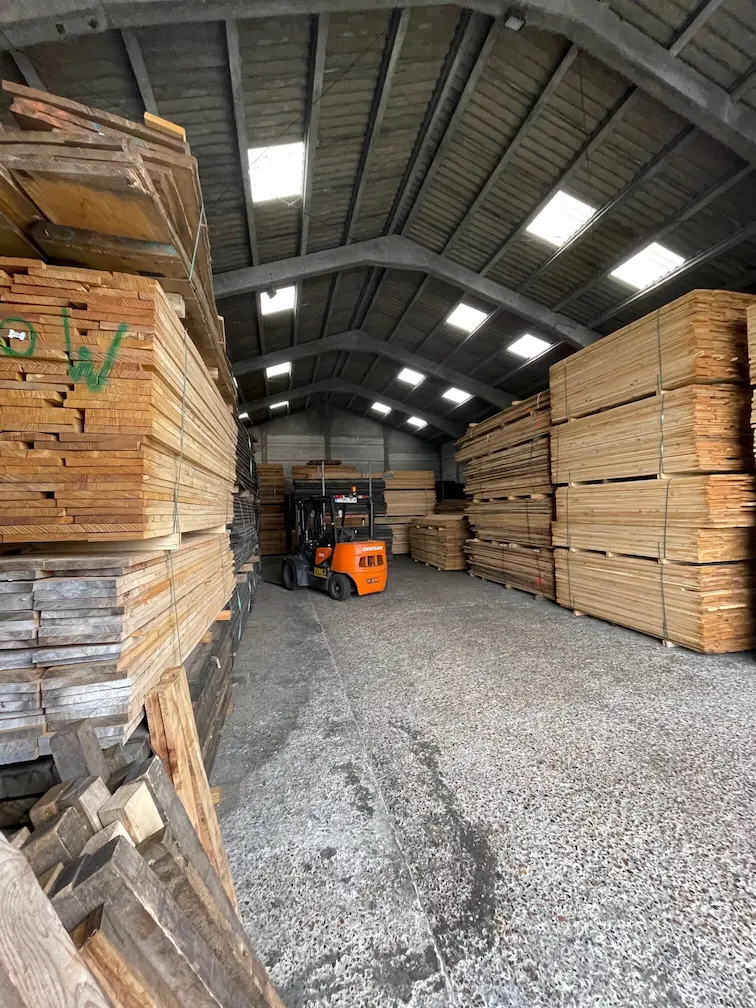In the world of timber, few wood types offer as much raw character as Pinhole Oak. Recognised for its unique, dotted appearance and rustic charm, this variety of oak adds warmth and texture to any design. Whether you’re crafting furniture, designing interiors, or sourcing materials for flooring, Pinhole Oak brings nature’s imperfections into focus—turning flaws into features. In this guide, we’ll explore what makes pinhole oak so special, where it’s best used, and why it could be the perfect fit for your next project.
What is pinhole oak?
Pinhole Oak refers to oak wood that displays small, dark holes scattered throughout the surface. These tiny marks are caused by insects, typically oak pinhole borers, that tunnel into the wood during the tree’s life. While this might sound like a defect, in design circles, it’s considered a highly sought-after aesthetic. The result is a naturally distressed timber that tells a story of time, weather, and growth.
Pinhole markings do not weaken the wood structurally, especially when the timber is dried and treated properly. Instead, they add visual depth and interest that can’t be replicated by manufactured finishes.
Why choose pinhole oak?
Opting for Pinhole Oak comes with a variety of benefits that go beyond simple appearance:
- It creates a distinct, rustic look that adds character to any space.
- It is durable and long-lasting, just like other types of oak.
- It suits both modern and traditional designs, offering contrast or complement depending on usage.
- It can be sanded and finished just like clean oak, preserving its strength while highlighting its natural features.
- It offers an eco-conscious option, as it often repurposes wood that might otherwise be discarded.
For those who value authenticity and texture in their materials, Pinhole Oak is a natural choice.
Want to explore other oak options? Discover the clean lines of Quarter Sawn Oak for a more refined grain pattern.
Common uses of pinhole oak
Thanks to its unique appearance and strong performance, Pinhole Oak is used in a variety of applications, including:
- Rustic furniture: Coffee tables, shelving, and dining tables made from pinhole oak add instant character to interiors.
- Wall panelling: Ideal for feature walls in lodges, cabins, or country-style homes.
- Flooring: Its imperfections hide wear over time, making it a practical and stylish choice.
- Cabinetry: Adds a handcrafted, organic touch to kitchens and bathrooms.
- Decorative cladding: Creates striking visual interest in both commercial and residential spaces.
No two boards of Pinhole Oak are the same, which means each project gains a level of uniqueness that mass-produced materials can’t replicate.
Sustainability and sourcing
When purchasing Pinhole Oak, sustainability should remain a priority. Look for FSC- or PEFC-certified suppliers that guarantee the timber has been responsibly harvested. In many cases, pinhole oak is recovered from logs that might otherwise be discarded due to cosmetic flaws. By choosing this wood, you’re not only embracing its natural beauty but also contributing to waste reduction and sustainable forestry.
Curious about sustainable wood choices? Check out our blog on Sustainable Timber for more green building ideas.
Finishing and working with pinhole oak
Working with Pinhole Oak is much like working with standard oak, though there are a few extra considerations:
- Sanding: Smooth out the surface while preserving the natural pinholes.
- Staining: Use light or clear finishes to highlight the natural patterns, or go dark to create dramatic contrast.
- Sealing: Always apply a protective finish to prevent dust and dirt from settling into the pinholes.
- Joinery: Pinhole Oak holds fasteners and adhesives well, making it reliable for construction and cabinetry.
By treating Pinhole Oak with care, you can preserve its beauty and functionality for decades.
Maintenance tips
Keeping Pinhole Oak in top shape doesn’t require much effort, but a few best practices will go a long way:
- Dust regularly to prevent buildup in the holes.
- Avoid harsh cleaners that could seep into the wood or damage the finish.
- Reapply oil or sealant as needed to maintain its appearance and protect against wear.
- Inspect periodically for signs of moisture damage, especially in high-humidity environments.
Proper maintenance ensures your Pinhole Oak continues to look beautiful and perform reliably over time.
Where to buy pinhole oak
Not all timber suppliers carry Pinhole Oak, as it is often selected from specific logs and batches. When sourcing this wood, work with reputable suppliers who understand the aesthetic value and structural quality of pinhole-affected timber. At Wholesale Timber, we offer a curated selection of Pinhole Oak that balances visual appeal with structural integrity, perfect for your next project.
Conclusion
Pinhole Oak is a celebration of natural imperfection. With its organic, dotted texture and strong oak core, it brings depth, history, and warmth to any space. Whether you’re designing a rustic retreat, a vintage-inspired room, or simply want timber with personality, Pinhole Oak offers a look that’s authentic, bold, and unforgettable. Ready to add rich texture and timeless character to your next build? Wholesale Timber proudly offers premium-quality Pinhole Oak for furniture makers, designers, and builders. Contact us today to learn more about availability and custom sourcing options.
This blog explores Pinhole Oak, a character-rich timber known for its dotted texture and rustic appeal. We cover its benefits, uses, sustainability, and care tips. Pinhole oak combines natural beauty with strength, available now at Wholesale Timber.
